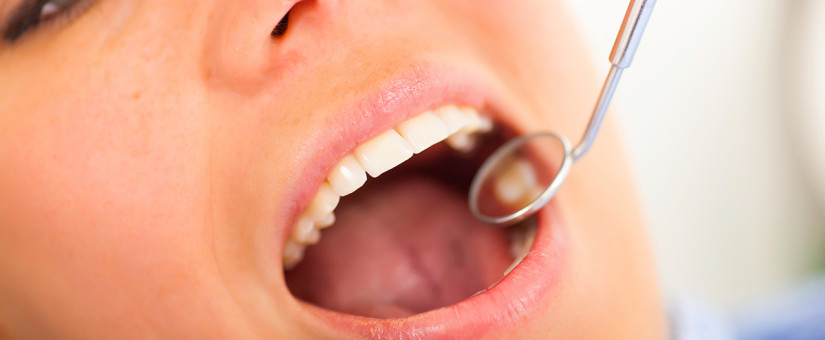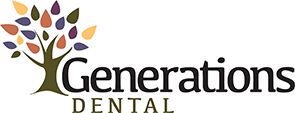
Oral Cancer Awareness
- 0 Comments
- April 13, 2016
- by Generations Dental
- HPV, Oral Cancer, Orophayngeal Cancer,
- Leave a comment
April is Oral Cancer Awareness month. Oral and Oropharyngeal cancers affect the mouth (oral cavity), lips, tongue, cheeks, and tonsillar area of the pharynx (upper throat). Though they don’t get as much publicity as some of the other types of cancer, they can be just as disfiguring and deadly.
Who is at risk for oral cancer?
Oral cancer is four times more prevalent in men. The main risk factors for oral cancer have always been tobacco and heavy alcohol use. In patients who both smoke and drink, the risk for oral cancer is increased by 15 fold. However, in recent years, there has been a rise in oral and oropharyngeal cancers in young patients that have never used tobacco products or alcohol. These cancers have been linked to Human Papilloma Virus (HPV). While only 5% of oral cancers are caused by HPV, around 70% of oropharyngeal cancers are caused by HPV.
HPV is a virus that infects skin and mucosa (think of the inside of your cheek). It is spread by skin to skin contact between infected tissues. There are over 200 strains of HPV. It is one of the most common viruses in the United States. In fact, the CDC estimates that 80-90% of people will be infected by one type of HPV at some point in their life. Both men and women are equally likely to contract HPV. In most cases, the virus resolves on its own and the infected person may never realize they had the infection. However, sometimes the virus lingers and can cause changes is the skin/mucosal cells that can lead to cancer. The good news is that only one strain of the virus, HPV-16, is linked to oral and oropharyngeal cancers.
At Generations dental, we include a thorough oral cancer screening and risk assessment as part of our dental examination during every routine cleaning or new patient visit. We also offer an elective biological saliva assessment to test for different high risk strains of HPV (including HPV-16). If you have any questions about oral cancer or your risk status please feel free to ask. Help reduce your risk of oral cancer by stopping smoking, reducing alcohol intake, and seeing your dentist regular for an oral cancer screening.
